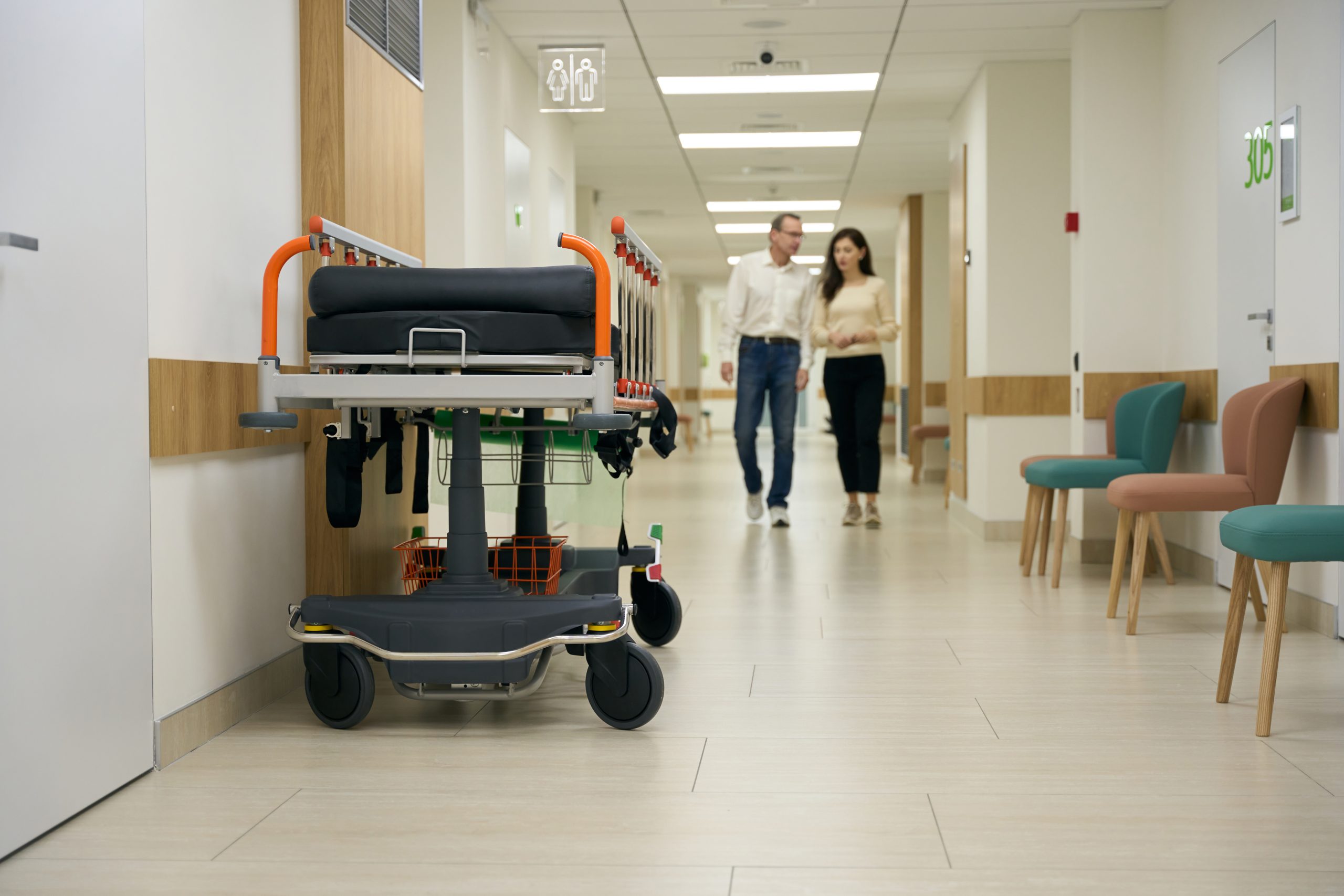
The LIFE RESYSTAL project is developing a number of resources to improve the climate resilience of healthcare facilities and health systems. These include the Upscaling Adaptation Starting Package (UASP), which is composed of tools and methodologies for implementing adaptation measures at hospitals. The project will also produce guidance documents for health systems wishing to implement a climate resilience strategy and enhance the resilience of regional and national health infrastructures in Europe. Once published, the resources will be made publicly available via the project website and shared through the project partners’ networks.
Sign up to HCWH Europe’s Climate-smart Healthcare newsletter to stay updated on LIFE RESYSTAL resources.

Produced as part of action A1.2 of the LIFE RESYSTAL project, which aims to assess the capacities and training needs of each pilot hospital, this publication presents the design of the adaptative capacity assessment matrix (or checklist). Download to read about the innovative methodological approach and steps followed for the assessment, including a literature review on existing capacity assessment methods specific to the healthcare sector.

This guide provides a methodology to establish a local Community of Practice to support and sustain a
climate adaptation planning process at the scale of healthcare facilities. It is primarily based on the
experience within the LIFE RESYSTAL project, mainly the establishment of four local CoPs.

This document describes the guidelines to be followed for the development of the vulnerability and risk assessment within the framework of the LIFE RESYSTAL project. The deliverable is directly linked to the A3, C1 and C2 actions, that comprises the specification for the methodology implementation in the Local Toolbox. Ihe documents and operational context the management is based on are presented, followed by the vulnerability framework, likelihood, and impact description and ultimately, the risk estimation.